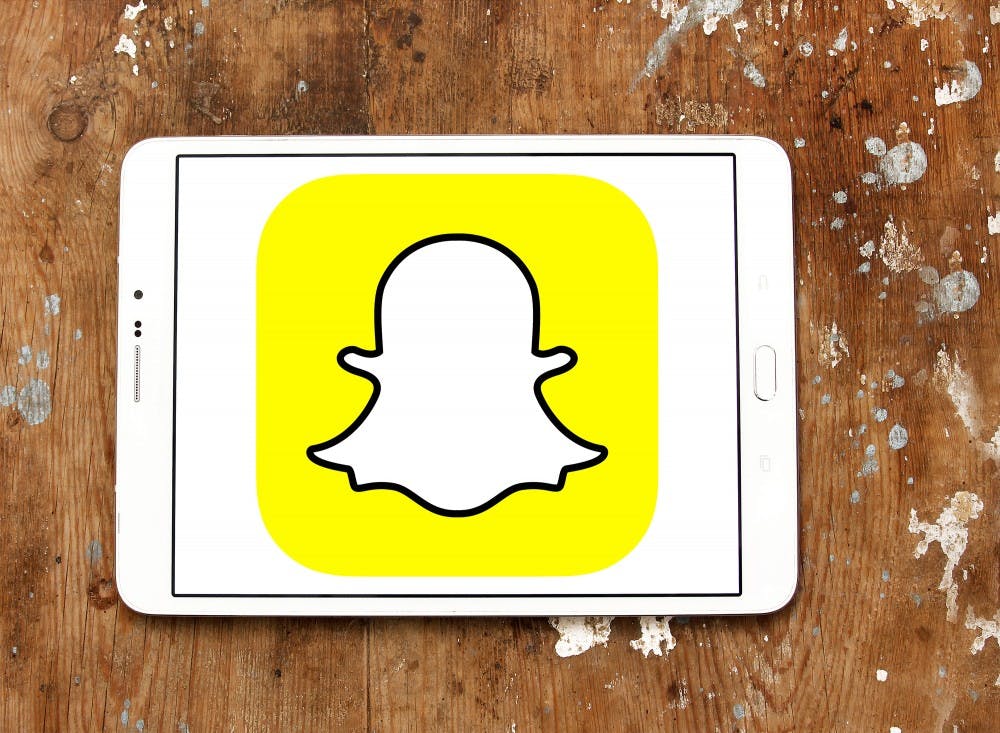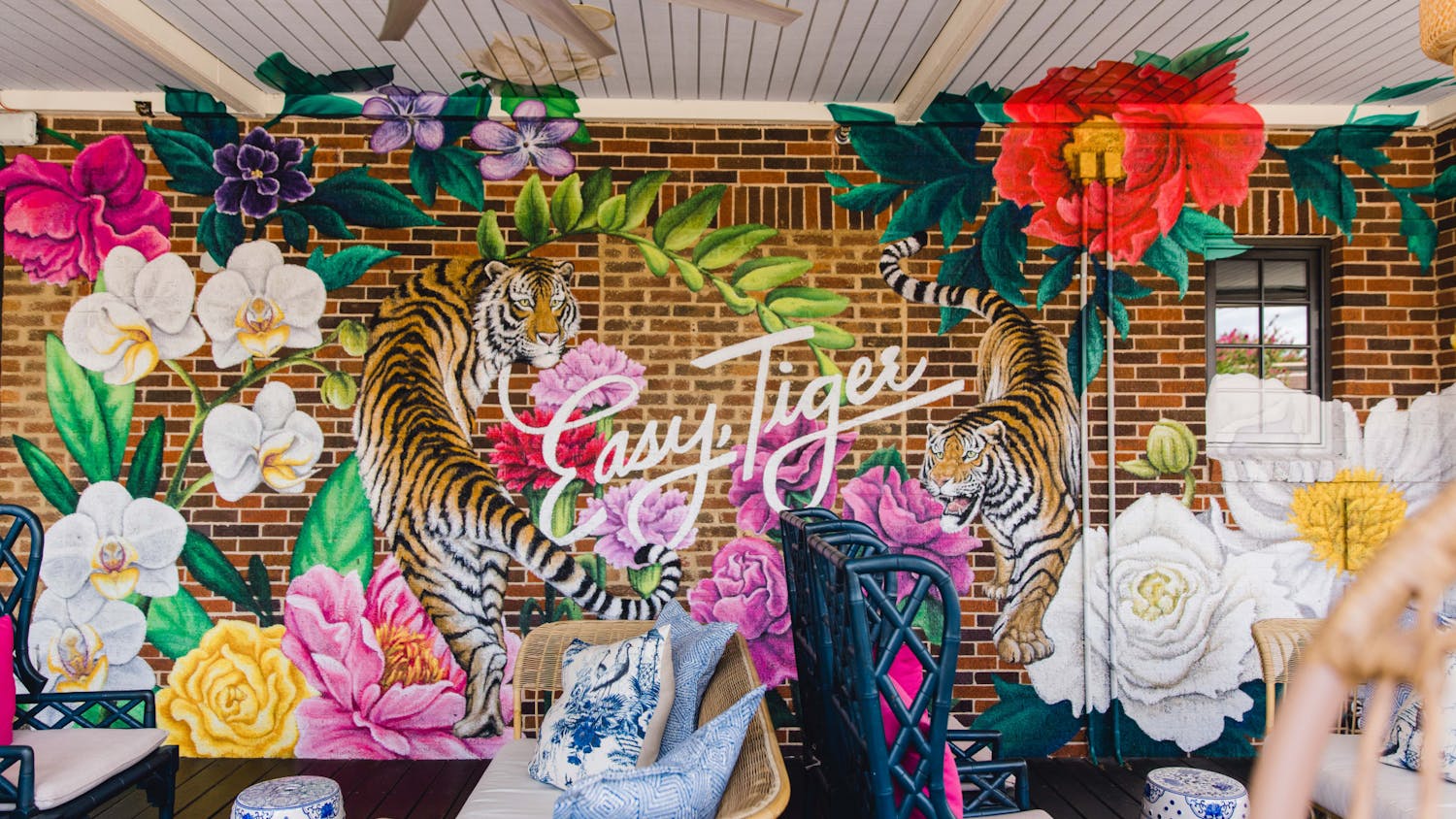With the high number of people using social media, there are some problems that have risen. Snapchat, the third most popular app following Instagram and Facebook, has raised some concerns since its creation.
One issue Snapchat users face is based on how private interactions through the app can impact interpersonal relationships.
“I feel like it encourages suspicion for some,” said Micaela Dufour, ex-Snapchat user. “And maybe even promotes secretive habits.”
“I also didn’t appreciate being sent random, inappropriate pictures,” Dufour said.
Snapchat features photos or videos that disappear after an allotted time, leaving some users to experience reduced self-censorship.
In 2017, Snapchat released “Snap Map,” which allows users to see the location of their “friends” on a map if those people have allowed their tracking location to be shared. There is an option called “Ghost Mode” where other users cannot see your location. The app also features “Snapchat score,” which is the sum of all snaps received or sent. These features have only increased some user’s suspicion around the app and its users’ intentions.
“I have seen how [Snapchat] has affected other people, mostly females,” said Snapchat user Zyreshia Jackson. “I’ve seen girls check their boyfriends’ Snapchat score to see if it went up, as well as checking the Snapchat maps.”
“Social media is all about accessibility,” said George Plasketes, Auburn professor of media studies. “We have that opportunity to check up on people or follow people, or we have that ability to call them on the phone or talk to them in person or meet them.”
Plasketes said while those things are always there, they have become disproportionate.
“It is a lot more convenient to use social media,” Plasketes said. “That’s where we’re at culturally and socially.”
Social media has become a present factor in everyday life for many. According to data from Pew Research Center, 69 percent of U.S. adults are social media users, with 86 percent of those adults aged 18-29.
Plasketes said oversharing has always accompanied media.
“For many years B.C., before cable or in the cable era, people were concerned about children watching too much television,” Plasketes said. “There is always that cultural, social and parental panic about how we spend our time. These same concerns accompany social media.”
Social media has become the breathe in and breathe out of our culture and our experience, he said.
“There’s a certain convenience with it like there’s certain convenience with shopping on Amazon,” Plasketes said. “Those things inherently happen. Naturally, for better or worse, ultimately, we still are human, and we make choices.”
Snapchat and other forms of social media provide people the opportunity to form connections from their fingertips. However, this development turns some individuals on edge against the purpose of social media, Plasketes said.
“It’s like anything — eating, drinking, drugs, media — just the things that we use. Do we control them, or do they control us?” Plasketes said. “You never hear people complain about how much kids are watching television anymore.”
Do you like this story? The Plainsman doesn't accept money from tuition or student fees, and we don't charge a subscription fee. But you can donate to support The Plainsman.





